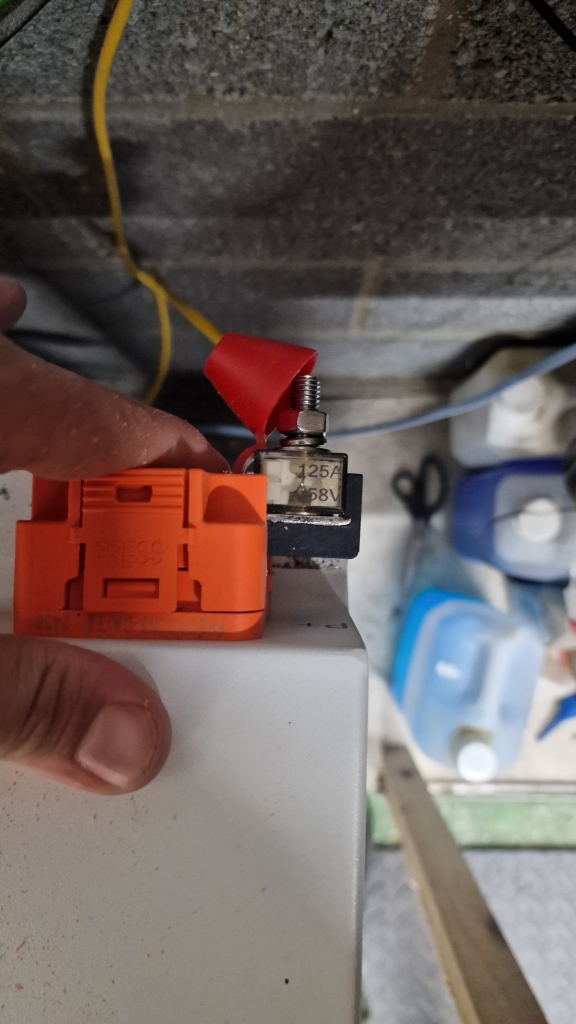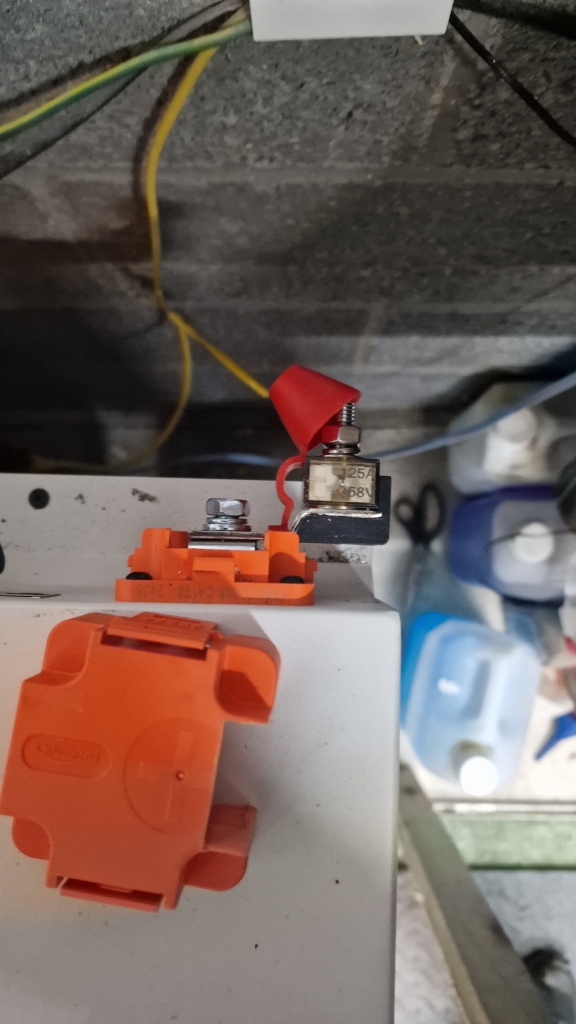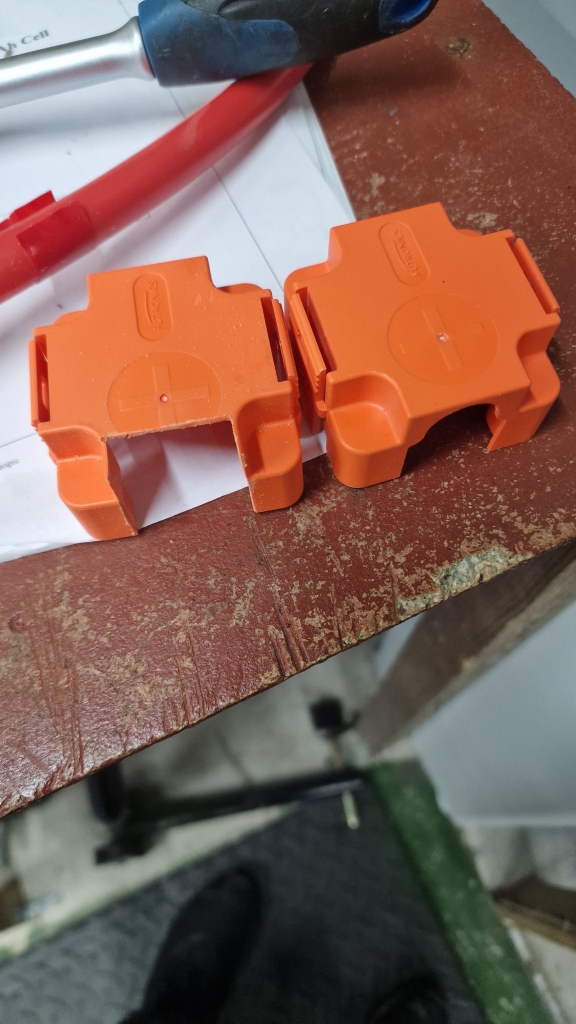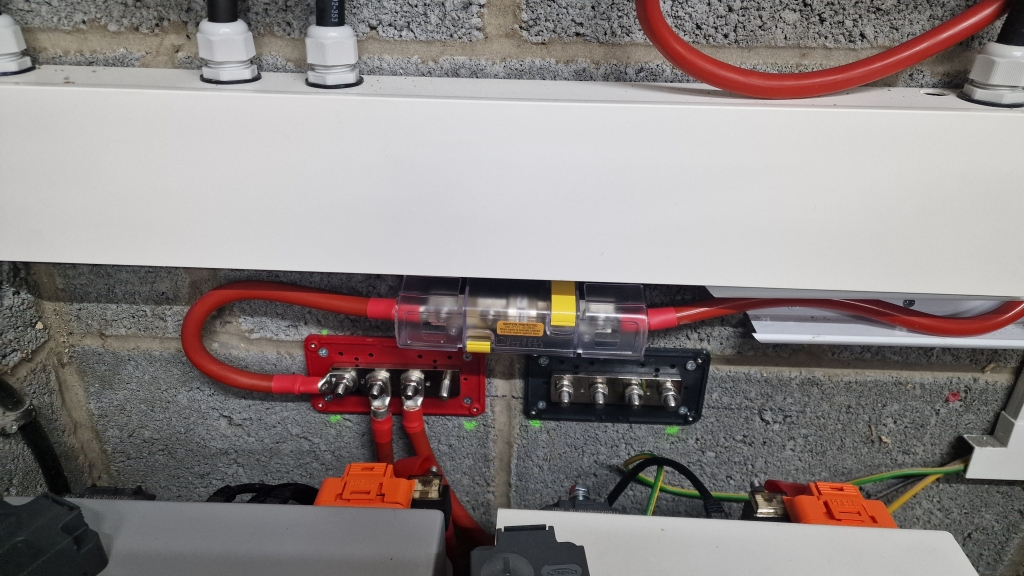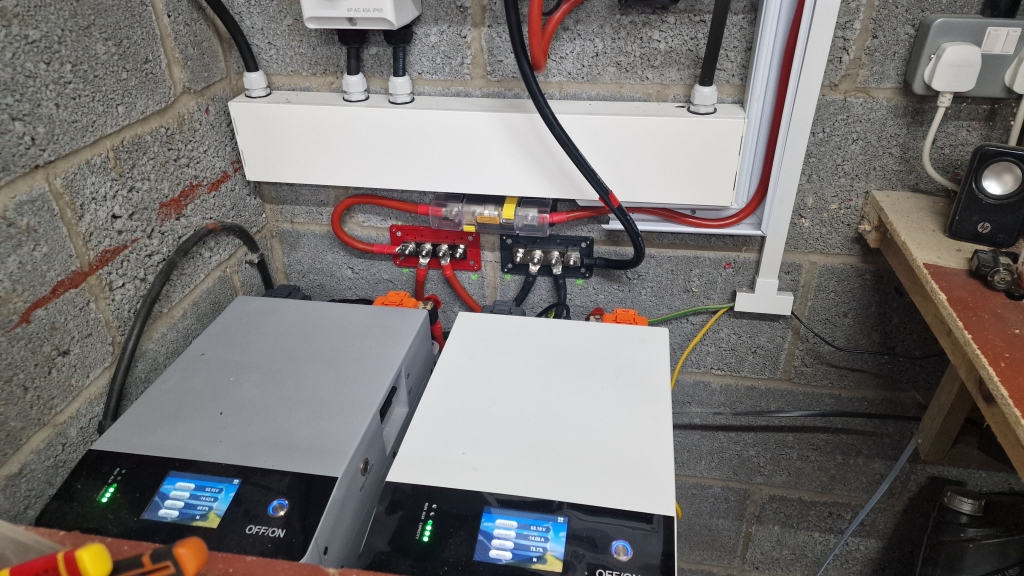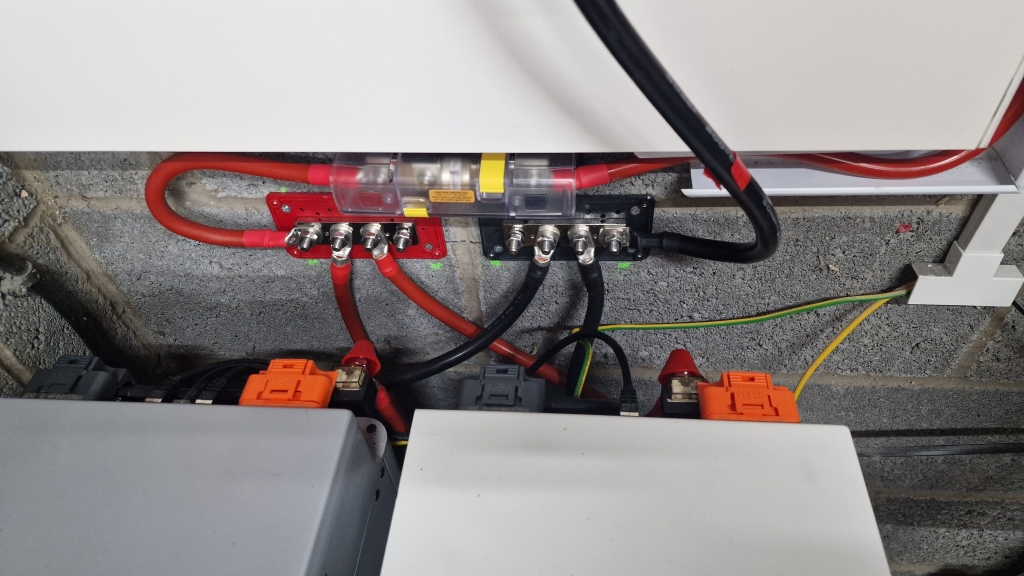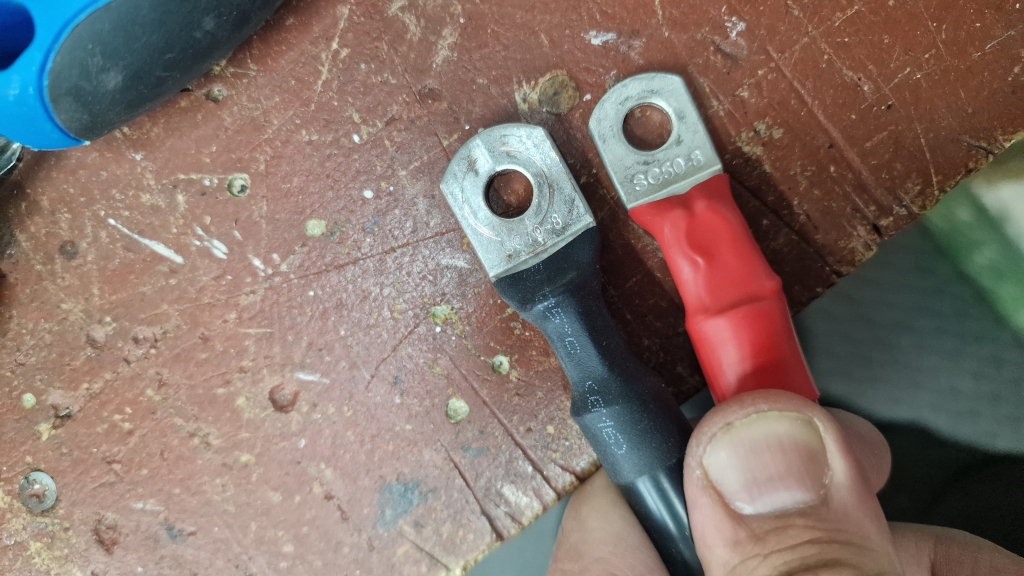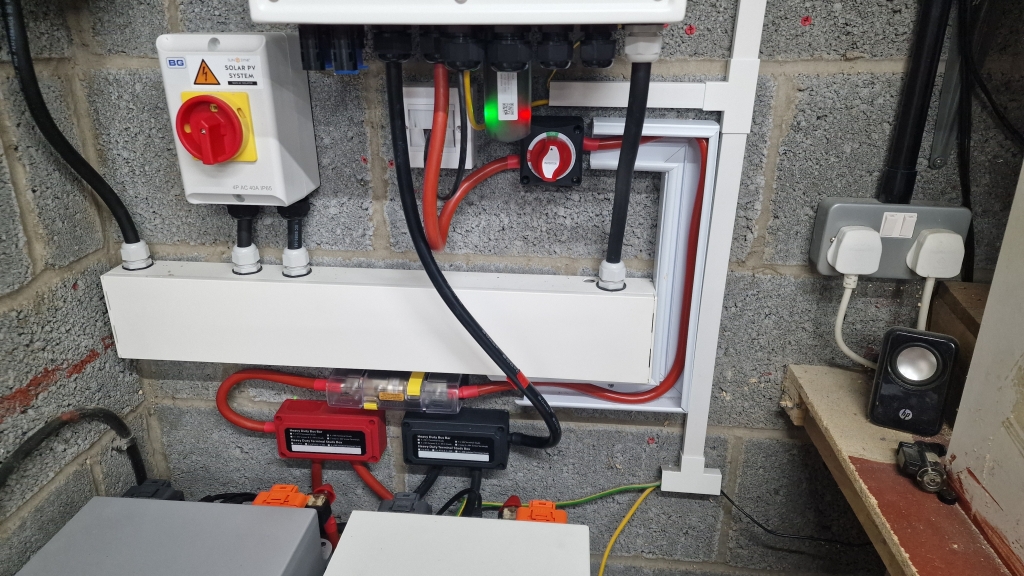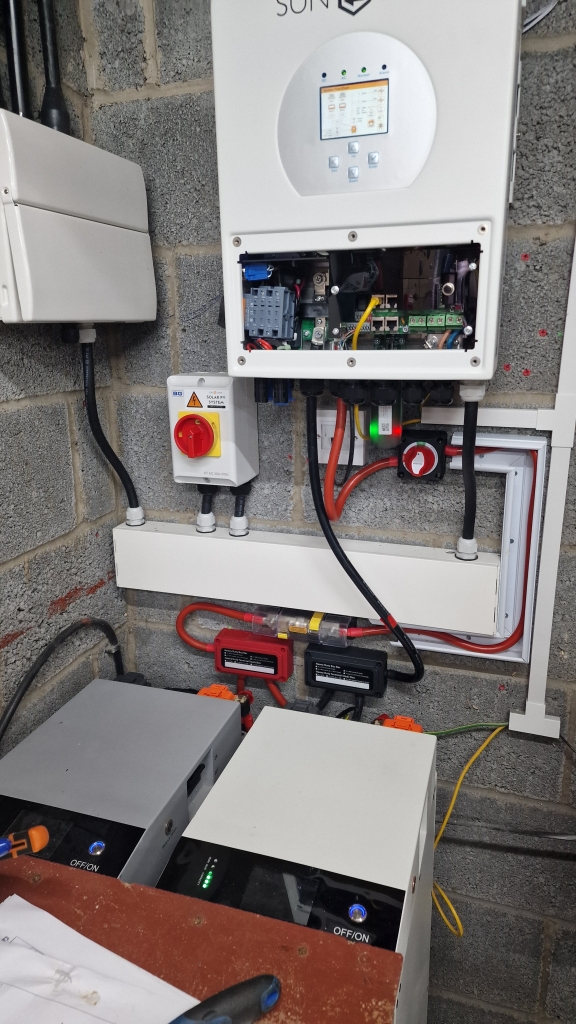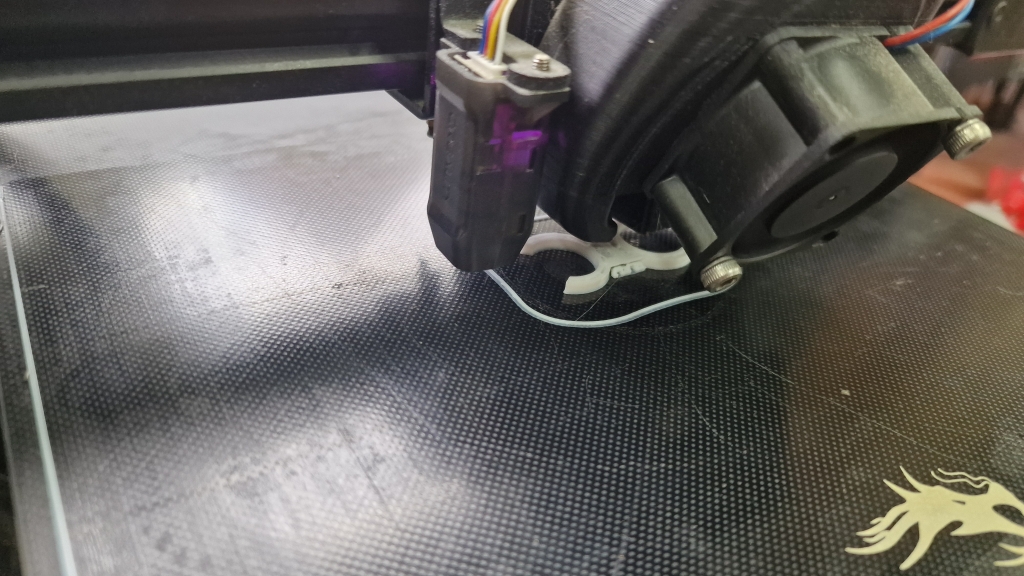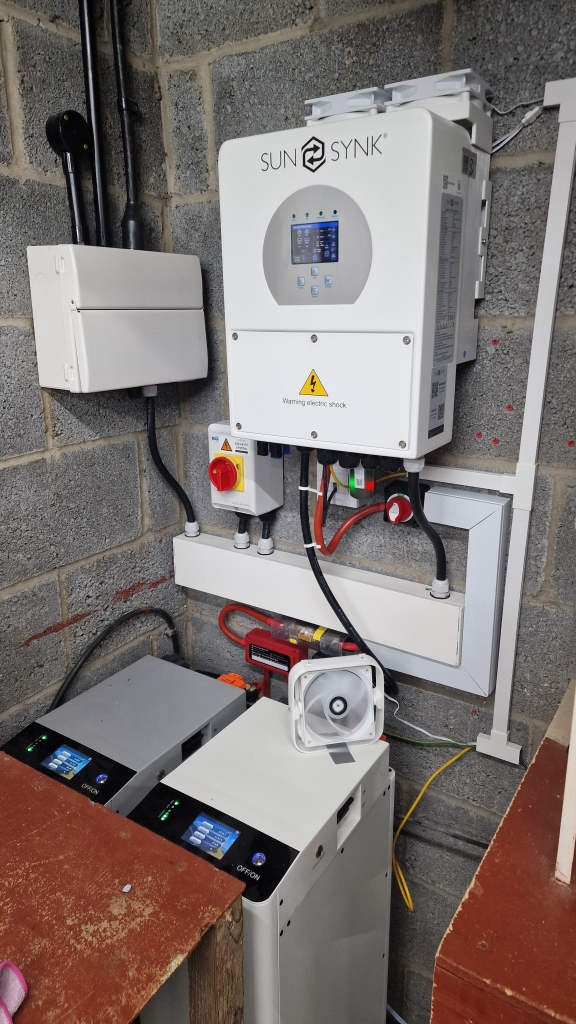- Joined
- 20 Oct 2002
- Posts
- 17,190
- Location
- In a house
Making some progress 

Had to cut away more of the wood on the right, moved the fan/cat5 trunking right, added some 50mm trunking for the battery cables, class T fuse and bus bars added.
I have the shorter 30cm cables for connections to the bus bars and mrbf fuses for each battery too.
Blue Sea battery isolator arrived today, i did accidentally buy a cheaper knock off one, but changed my mind after seeing the quality of the class T fuse holdsr from blue sea, so went with the known brand.
Just waiting for some 10.5mm terminal lugs to let me make up and crimp some shorter cables for the new setup.

Had to cut away more of the wood on the right, moved the fan/cat5 trunking right, added some 50mm trunking for the battery cables, class T fuse and bus bars added.
I have the shorter 30cm cables for connections to the bus bars and mrbf fuses for each battery too.
Blue Sea battery isolator arrived today, i did accidentally buy a cheaper knock off one, but changed my mind after seeing the quality of the class T fuse holdsr from blue sea, so went with the known brand.
Just waiting for some 10.5mm terminal lugs to let me make up and crimp some shorter cables for the new setup.


